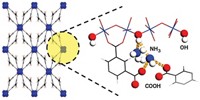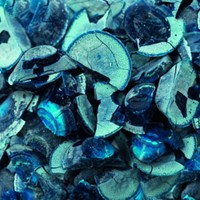Advertisement
Grab your lab coat. Let's get started
Welcome!
Welcome!
Create an account below to get 6 C&EN articles per month, receive newsletters and more - all free.
It seems this is your first time logging in online. Please enter the following information to continue.
As an ACS member you automatically get access to this site. All we need is few more details to create your reading experience.
Not you? Sign in with a different account.
Not you? Sign in with a different account.
ERROR 1
ERROR 1
ERROR 2
ERROR 2
ERROR 2
ERROR 2
ERROR 2
Password and Confirm password must match.
If you have an ACS member number, please enter it here so we can link this account to your membership. (optional)
ERROR 2
ACS values your privacy. By submitting your information, you are gaining access to C&EN and subscribing to our weekly newsletter. We use the information you provide to make your reading experience better, and we will never sell your data to third party members.
Materials
Dial-A-MOF
Computational method permits chemists to predict optimized metal-organic frameworks for targeted applications
by Stephen K. Ritter
November 14, 2011
| A version of this story appeared in
Volume 89, Issue 46
Northwestern University scientists have developed a computational method that speeds up the design of nanoporous metal-organic frameworks (MOFs) for targeted applications, which include gas storage, chemical separations, catalysis, and drug delivery (Nat. Chem., DOI: 10.1038/nchem.1192). Christopher E. Wilmer and Randall Q. Snurr led an effort to create an algorithm that pieces together MOF building blocks—metal clusters and organic linker groups—into the best functional combinations. To test the algorithm, they used a preselected library of 102 building blocks to design some 138,000 MOFs with potential for high-pressure, room-temperature methane storage. The process took three days of computing. They next used calculated pore sizes, surface area, and methane adsorption capacity for each MOF to identify the 300 most promising candidates. Northwestern’s Omar K. Farha and Joseph T. Hupp then led a team that synthesized one of the designed MOFs. The material performed as predicted, exceeding the Department of Energy’s natural gas vehicle storage target by 10%.




Join the conversation
Contact the reporter
Submit a Letter to the Editor for publication
Engage with us on Twitter